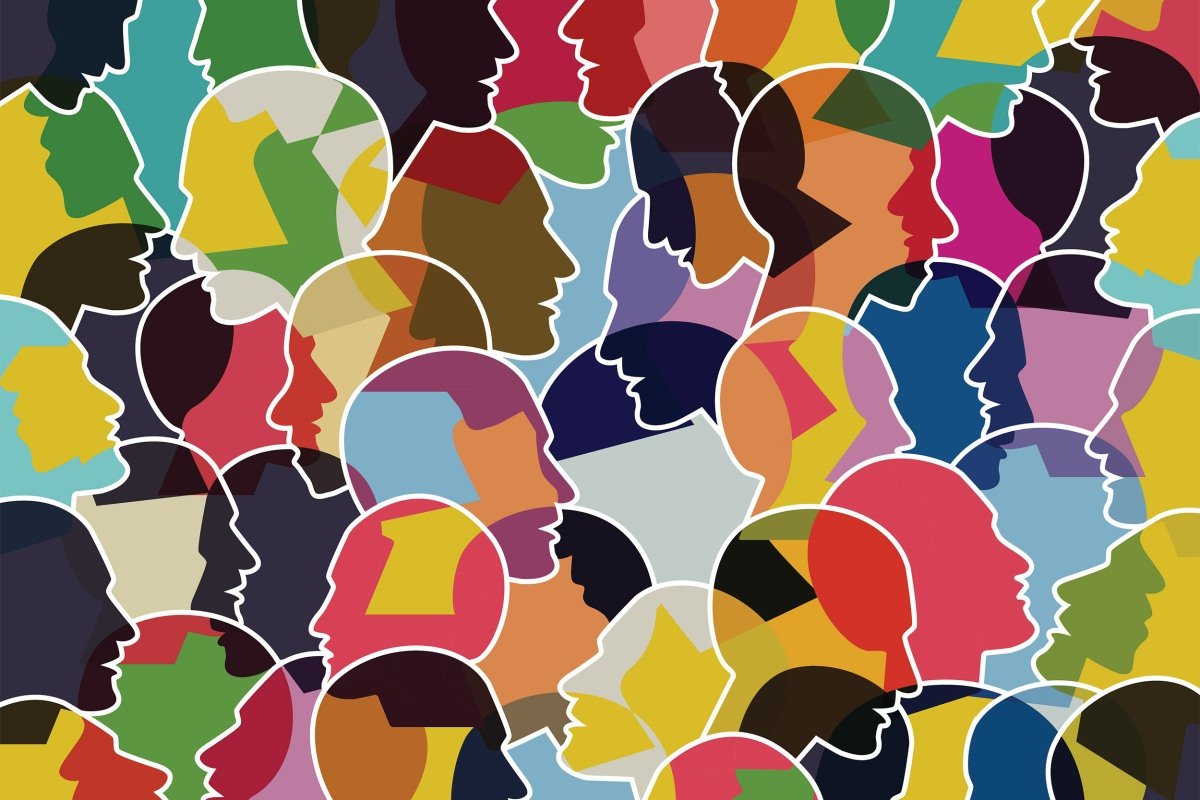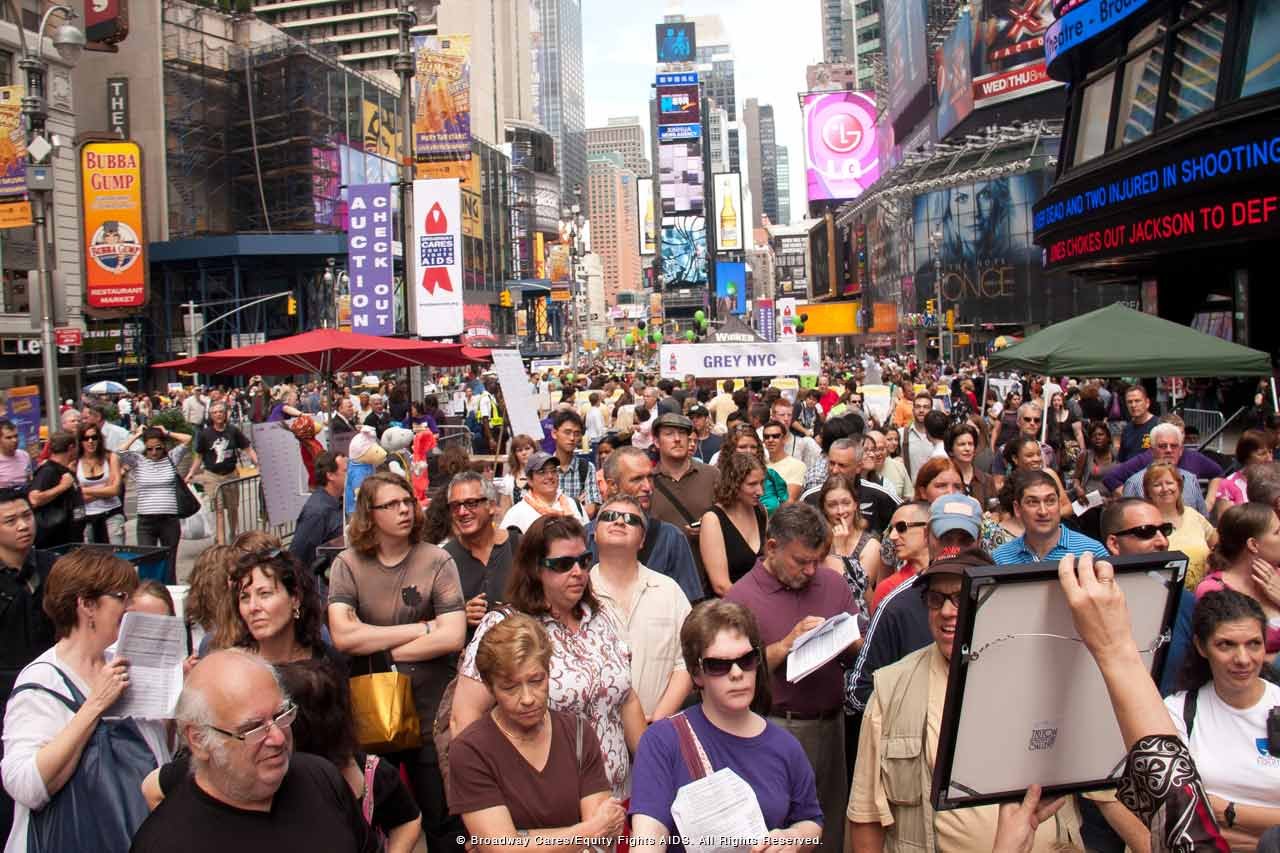The world is a home to people from diverse cultures and backgrounds. To enable a symbiotic existence of the people from different facets we need a design that established a sense of belonging to all. Barring a few, most of the other public spaces need to be more open and welcoming to people from different walks of life. Architecture thus plays a vital role here. Therefore, Architecture can help to establish an abstract quality to space. A space that is accessible to every city dweller. A space that is open for all and helps in networking and congregation of the population. Hence, the future of urban fabric lies is in the hands of the built forms. These built forms must help in exploring ways to accommodate people of different backgrounds and cultures and thereby creating a sustainable environment for all.

Achieving Multiculturism
A holistic approach towards design will help us achieve multiculturalism in Architecture and design. Sense of identity is being inculcated by Architecture and Built forms, whereas it is the built form that acts as a backdrop for everyday Urban life. These spaces are the ones that provide a sense of belonging to all the people, gives them their space and allows them to exist in the space regardless of the differences. Public spaces play an important role in establishing multicultural designs. Let us understand more about the multi-cultural designs through the categories of these spaces and the examples that we can relate to. Multiculturism can be established in the following types of spaces –
- Public spaces of everyday gatherings – Market places / Malls / Shopping Complexes
- Public spaces for leisure – Boardwalks, Promenades, Beaches, Parks & Playgrounds
- Public spaces of faith and religion -Spiritual Places & Religious place.
Let us now have a look at such spaces around us and understand the importance and purpose of these spaces in our everyday life and as to how they help in establishing a multicultural environment.
Market places / Malls / Shopping Complexes


People with different tastes, economic backgrounds preferences often find their ‘space’ in the Public markets, shopping complexes and malls. These spaces have to offer something for everybody’s taste and economic capacity. Hence, these places often see a large chunk of people from varied social, cultural and economic backgrounds. Especially the present-day malls where the spaces are designed with the motto of ‘everything for everyone. These spaces offer something for all types of consumers.
Examples:
- Connaught Place in Delhi facilitates shopping and social life for people from different backgrounds in the city and tourists.

Boardwalks and Promenades

Public spaces like the promenades, waterfronts, boardwalks, public squares are all common to people of different sects aid in social integration, thereby acting as a common space for people with different castes, race, creed and ethnicity. These spaces act as buffer spaces and help people to vent out and gather. Therefore, these help to bridge the gap and develop social diversity.
Examples:
- The Marine Drive promenade in Mumbai has a daily footfall of people of different strata of the society and different ethnic groups of the city as well as tourists from different parts of the country.

Spiritual Places & Religious places
When we talk about spiritual spaces, there is a thin line of difference that distinguishes it from religious places. Religious places facilitate the gathering of different types of people but most of the same religion, unlike the spiritual places that offer an environment for different ethnic and religious groups to integrate, gather and thus discover their spirituality. These may include mediation centres, wellness centres, assemblies of holistic thinkers and preachers irrespective of the religious inclinations. There have also been instances where religious places have also been frequent by people of varied religious beliefs and tourists. These spaces usually exist in the secular and liberal environments and can be very well considered to be multicultural spaces.
Examples:
- The Lotus temple is a place of worship that welcomes masses of all castes, creed and religions to come to experience the spirituality, worship their respective beliefs through meditation attain peace.
- Though Benaras is highly related to religion, one way of looking at it could be as a creation of space and environment that inspires people of all backgrounds to experience spirituality and peace and discover oneself, irrespective of their religious belief systems





